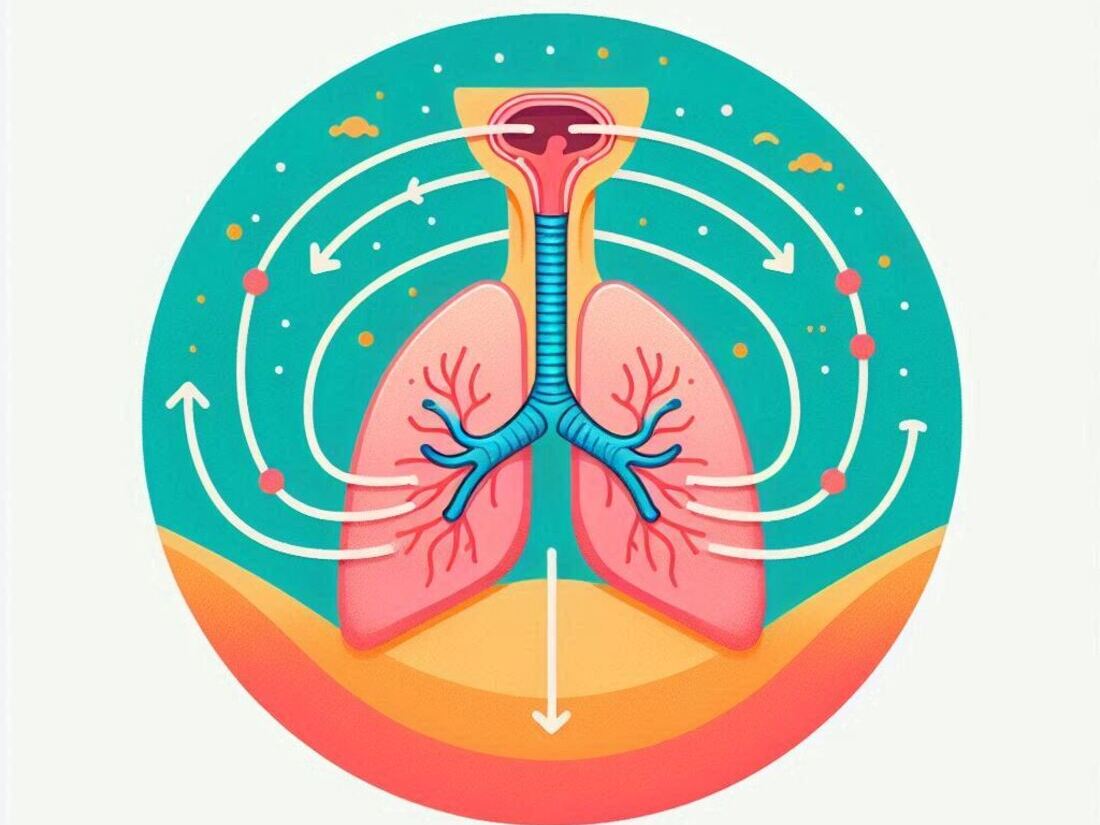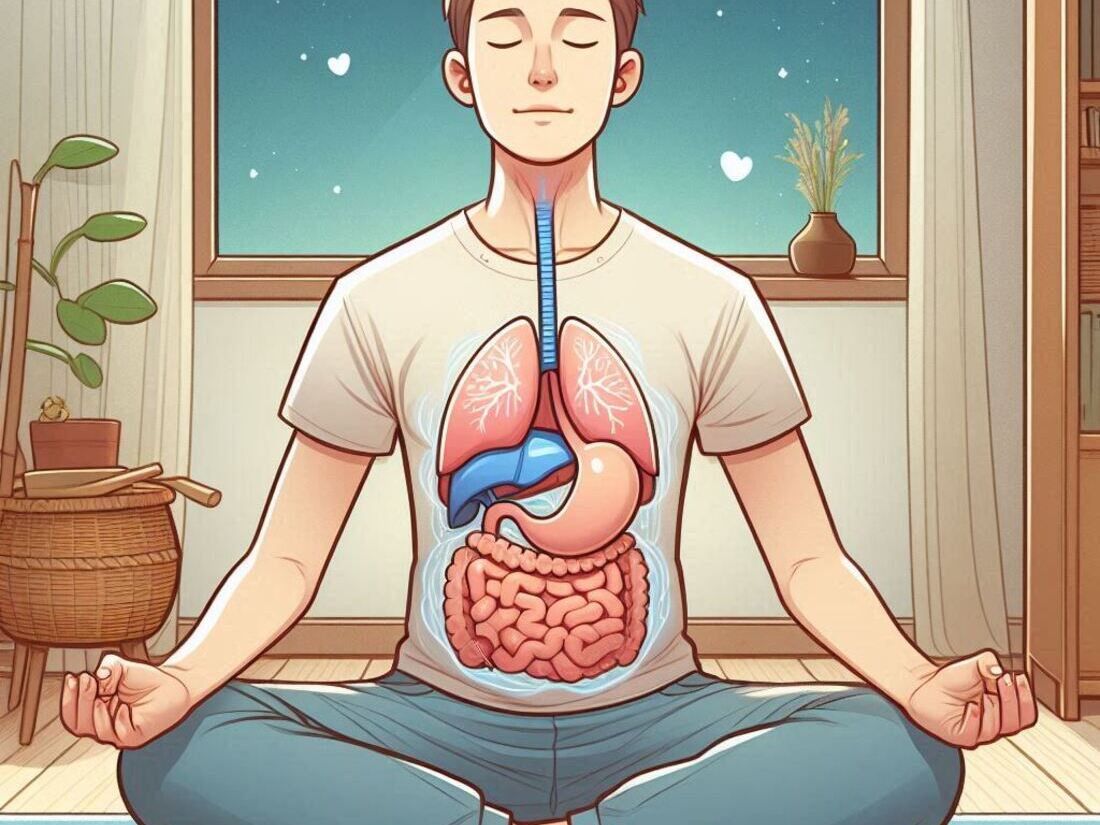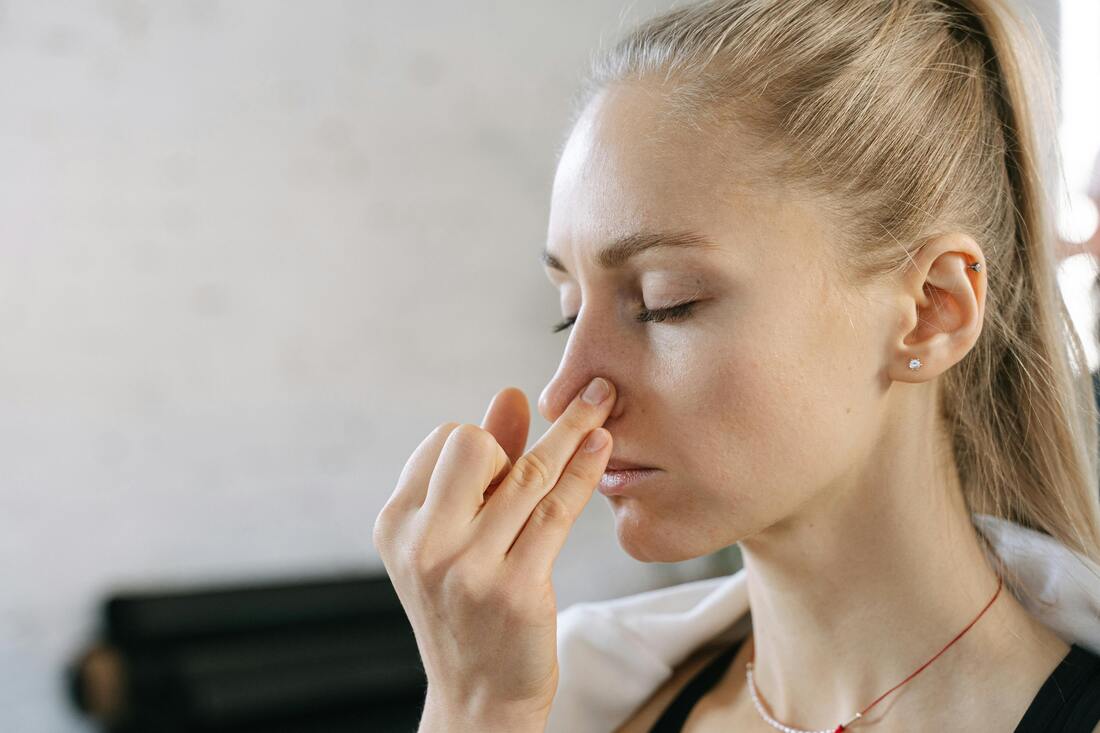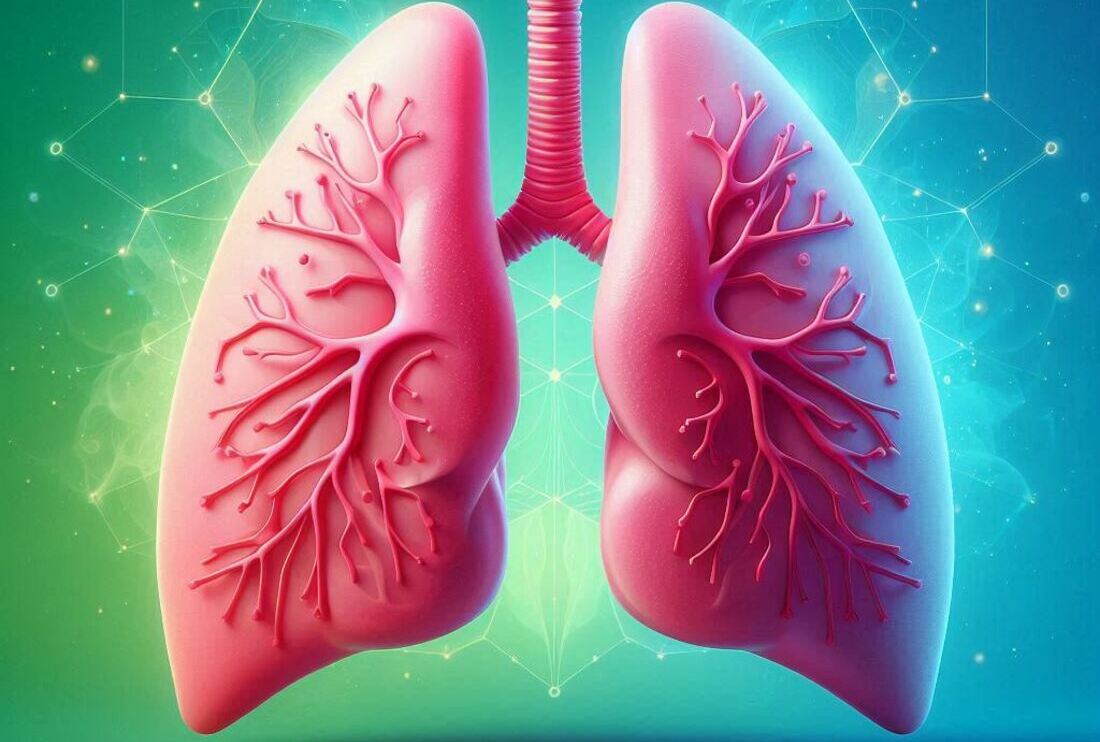Have you ever stopped to think about how many breaths you take in a day?
The average person takes around 25,000 breaths every 24 hours.
That’s a lot of inhaling and exhaling!
But how often do we actually think about how we’re breathing?

Most of the time, we breathe unconsciously.
But what if there were simple ways to improve our breathing and, in turn, our overall health and well-being?
The good news is, there are!
This guide will introduce you to the basics of breathing, explore different breathing exercises, and offer tips for improving your lung health.
The Importance of Breathing
Breathing is essential for life.
It’s how our bodies get the oxygen they need to function and how we remove carbon dioxide, a waste product.
Proper breathing also plays a crucial role in:
- Energy levels: When we breathe deeply and efficiently, we deliver more oxygen to our cells, leading to increased energy and stamina.
- Stress management: Deep, slow breathing can activate the parasympathetic nervous system, promoting relaxation and reducing stress levels.
- Immune function: Studies suggest that specific breathing exercises can boost the immune system and help fight off illness.
- Lung health: Regular practice of breathing exercises can improve lung function and capacity.
Understanding Your Breath

Before we dive into specific exercises, let’s take a closer look at the mechanics of breathing:
- Diaphragm: This dome-shaped muscle below your lungs plays a vital role in breathing. When you inhale, the diaphragm contracts, pulling air into your lungs.
- Intercostal muscles: These muscles between your ribs also assist in breathing, expanding the chest cavity as you inhale.
- Inhalation: When you inhale, air enters your lungs through the nose or mouth, traveling down the trachea and into the bronchi. These bronchi then branch into smaller tubes called bronchioles, which ultimately lead to the alveoli, tiny air sacs in the lungs where oxygen exchange takes place.
- Exhalation: As you exhale, the diaphragm relaxes, and the chest cavity contracts. This forces air out of the lungs, removing carbon dioxide.
Simple Breathing Exercises for Beginners
There are many different breathing exercises you can try, each with its own benefits. Here are a few simple ones to get you started:
1. Diaphragmatic Breathing (Belly Breathing)

This natural breathing technique engages your diaphragm for deeper and more efficient breaths.
- How to do it: Lie down comfortably on your back with one hand on your chest and the other on your stomach. As you inhale slowly through your nose, feel your belly rise (not your chest). Exhale slowly through pursed lips, feeling your stomach sink back down. Repeat for 5-10 minutes.
2. Alternate Nostril Breathing (Nadi Shodhana)

This technique balances the nervous system and promotes emotional regulation, helping your body better manage stress and inflammation.
- How to do it: Close your right nostril with your thumb. Inhale deeply through your left nostril. Close your left nostril with your ring finger and exhale slowly through your right nostril. Inhale again through your right nostril, close it, and exhale through your left nostril. Repeat this cycle for several minutes, alternating nostrils each time.
3. Pursed-Lip Breathing

This technique can help slow down your breathing rate and improve oxygen delivery to your lungs.
- How to do it: Sit comfortably with your shoulders relaxed. Inhale slowly through your nose for a count of 2. Purse your lips as if you’re going to whistle, and exhale slowly through pursed lips for a count of 4. Repeat for several minutes.
Tips for Improving Lung Health

In addition to practicing breathing exercises, here are some other things you can do to improve your lung health:
- Quit smoking: Smoking is the leading cause of preventable lung disease. If you smoke, quitting is the single most important thing you can do for your lungs.
- Avoid secondhand smoke: Exposure to secondhand smoke can also damage your lungs.
- Get regular exercise: Regular physical activity helps to strengthen your lungs and improve their function.
- Avoid air pollution: Air pollution can irritate your lungs and make it harder to breathe. Try to limit your exposure to air pollution, especially when it’s high.
- Eat a healthy diet: Eating a healthy diet rich in fruits, vegetables, and whole grains can help support your overall health, including your lungs.
Key Takeaways
- Breathing is essential for life and plays a crucial role in overall health and well-being.
- Simple breathing exercises like diaphragmatic breathing, alternate nostril breathing, and pursed-lip breathing can improve lung function, reduce stress, and boost energy levels.
- Taking steps like quitting smoking, avoiding air pollution, and eating a healthy diet can further support lung health.
Frequently Asked Questions (FAQs)
Q: How often should I practice breathing exercises?
A: Aim to incorporate breathing exercises into your daily routine, even for short periods. Consistency is key to reaping the long-term benefits.
Q: Will these exercises cure lung disease?
A: While breathing exercises can improve lung function and support overall health, they are not a cure for lung disease. If you have a chronic lung condition, consult with your healthcare provider for personalized advice.
Table: Breathing Exercises for Better Lung Health
| Technique | Description | Benefits |
|---|---|---|
| Diaphragmatic Breathing | Deep breathing using your diaphragm muscle. | Promotes efficient oxygen delivery, reduces stress, improves lung function. |
| Alternate Nostril Breathing | Breathing through alternate nostrils. | Balances the nervous system, enhances emotional regulation, reduces inflammation. |
| Pursed-Lip Breathing | Slowing down your breathing rate with pursed lips. | Improves oxygen delivery to the lungs, reduces shortness of breath. |
Conclusion
Taking charge of your breathing is a simple yet powerful way to improve your health and well-being.
By incorporating these basic breathing exercises into your daily routine, you can strengthen your lungs, manage stress, and boost your overall energy levels.
Remember, consistency is key!
With regular practice and a healthy lifestyle, you can breathe easier and live healthier.
Disclaimer: This blog is for informational purposes only and should not be construed as medical advice. Please consult with your healthcare provider if you have any concerns about your lung health or underlying medical conditions.



